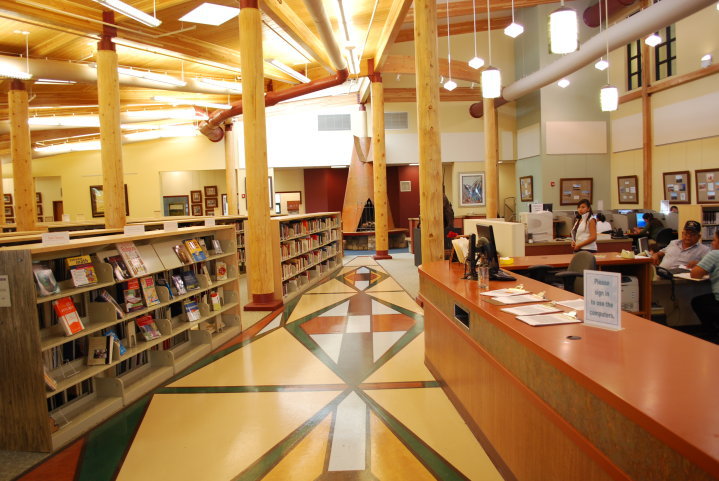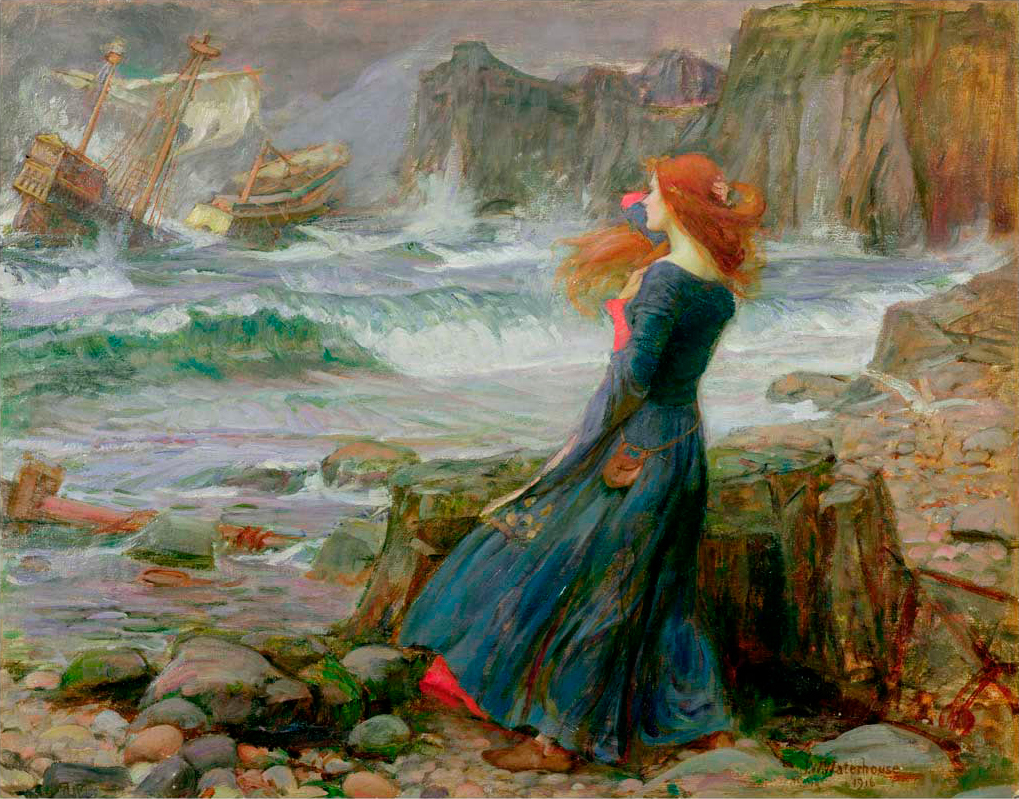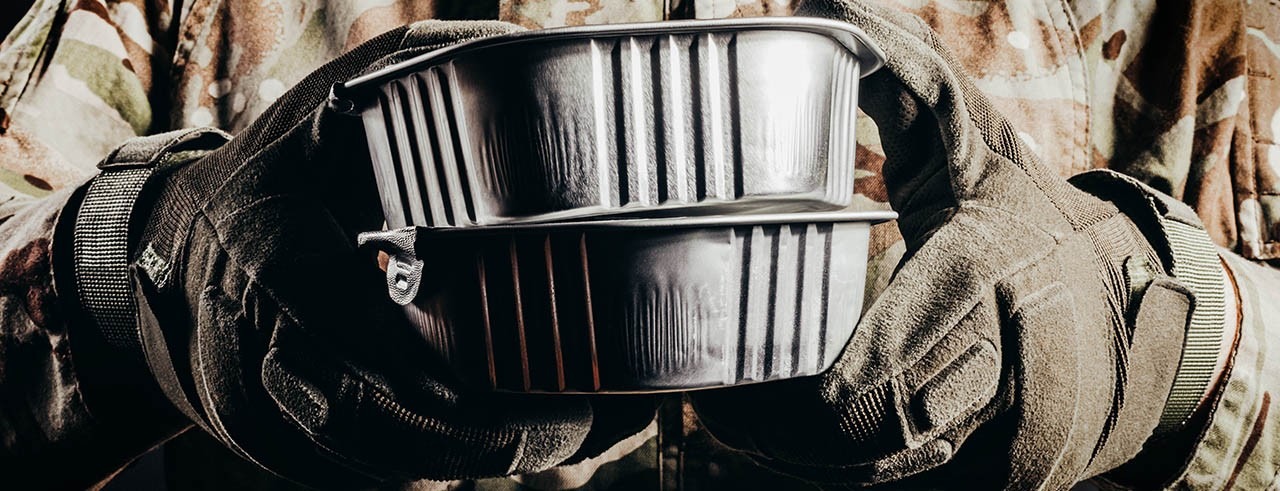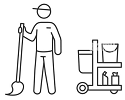In educational settings, where large numbers of students, staff, and visitors gather, these rules protect vulnerable populations, especially children, who may lack the awareness or ability to respond quickly in emergencies. Proper classification ensures adequate exits, fire-resistant materials, and ventilation suited for classrooms or assembly areas like auditoriums.
These classifications also inform zoning, insurance, and funding by aligning facilities with educational purposes.
Libraries are multi-functional spaces and at the physical, and the heart, of any school, college or university. We take special interest in this discussion. Leaving the evolution toward “media centers” aside, the relevant passage in the current International Building Code that applies to library occupancy classification and use is linked below:
Chapter 3 Occupancy Classification and Use
The original University of Michigan advocacy enterprise may have raised the level of debate on structural engineering three cycles ago. Without any specific interest from attendees we will review our proposals in previous revision cycles:
- Education facilities as storm shelters
- Enhanced classroom acoustics
- Carbon monoxide detection in Group E occupancies
- Locking arrangements in educational occupancies
- Interior lighting power allowances for classrooms
- Occupancy sensors for classrooms
- Automatic control of receptacle power in classrooms and laboratories
- Expansion of voltage drop requirements into customer-owned service conductors
This is about as much as we can sort through this week. We will host another focus teleconference next week. See our CALENDAR for the date.
Finally, we persist in encouraging education industry facility managers (especially those with operations and maintenance data) to participate in the ICC code development process. You may do so by CLICKING HERE.
Real asset managers for school districts, colleges, universities and technical schools in the Albuquerque region should take advantage of the opportunity to observe the ICC code-development process. The Group B Hearings are usually webcast — and we will signal the link to the 10-day webcast when it becomes available — but the experience of seeing how building codes are determined is enlightening when you can watch it live and on site.

Issue: [16-169]
Category: Architectural, Facility Asset Management, Space Planning
Colleagues: Mike Anthony, Jack Janveja, Richard Robben
#StandardsNewMexico
LEARN MORE:
ICC Group B Code Development Schedule

Little Big Horn College
Every month we direct our colleagues in the education industry to the US Census Department’s monthly construction report to make a point: at an average annual clip of about $75 billion, the education industry is the largest non-residential building construction market in the United States. A large part of that construction involves infrastructure upgrades of existing buildings that contribute to sustainability goals but may not make flashy architectural statements for philanthropists.
EDUCATION INDUSTRY CONSTRUCTION SPEND
The International Existing Building Code (IEBC) is a model code in the International Code Council family of codes intended to provide requirements for repair and alternative approaches for alterations and additions to existing buildings (LEARN MORE). A large number of existing buildings and structures do not comply with the current building code requirements for new construction. Although many of these buildings are potentially salvageable, rehabilitation is often cost-prohibitive because compliance with all the new requirements for new construction could require extensive changes that go well beyond the value of building or the original scope of the alteration.
Education facility planners, architects and managers: Sound familiar?
ICC administered workgroups have been convening with considerable frequency over the past several months to pull together a number of relevant concepts for the next (2019 Group B) revision. For the purpose of providing some perspective on the complexity and subtlety of the issues in play, a partial overview of working group activity is available in the links below. Keep in mind that there are many other proposals being developed by our ICC working group and others.
IEBC Healthcare for BCAC December 11 2018
16-169 IEBC BCC Worksheet October 2-3 2018
There are other many other issues we have been tracking. The foregoing simply presents the level of detail and subtlety that is noteworthy.

On Tuesday the ICC has released its the complete monograph for use at the Group B Committee Action Hearings, April 28-May 8 at the Albuquerque Convention Center:
2019 Group B Proposed Changes
It is a large document — 2919 pages — so keep that in mind when accessing it. There are many issues affecting #TotalCostofOwnership of the education facility industry so we will get cracking on it again next week. See our CALENDAR for the next online teleconference. Use the login credentials at the upper right of our home page.
Finally, we persist in encouraging education industry facility managers (especially those with operations and maintenance data) to participate in the ICC code development process. You may do so by CLICKING HERE. Real asset managers for school districts, colleges, universities and technical schools in the Albuquerque region should take advantage of the opportunity to observe the ICC code-development process. The Group B Hearings are usually webcast — and we will signal the link to the 10-day webcast when it becomes available — but the experience of seeing how building codes are determined is enlightening when you can watch it live and on site.

Issue: [16-169]
Category: Architectural, Facility Asset Management, Space Planning
Colleagues: Mike Anthony, Jack Janveja, Richard Robben
#StandardsNewMexico
LEARN MORE:
ICC Group B Code Development Schedule

Little Big Horn College






















